Is a Hermit Crab a Vertebrate or Invertebrate? (Invertebrate)
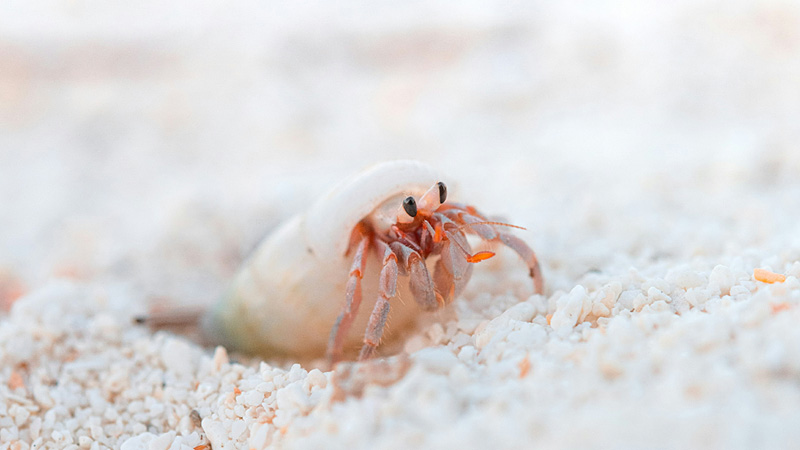
Photo by Mohamed Shaffaf on Unsplash
In the intricate tapestry of the animal kingdom, classification serves as a fundamental tool for understanding the diverse array of species, their characteristics, and their evolutionary relationships. Among the myriad creatures that inhabit our planet, the hermit crab stands out as a subject of curiosity and wonder. One of the central questions that has intrigued many is whether the hermit crab belongs to the category of vertebrates or invertebrates.
In this article, we embark on a journey to unravel the truth behind the classification of hermit crabs, exploring their biology, anatomy, and unique features. By delving into these aspects, we aim to shed light on why hermit crabs are unequivocally classified as invertebrates.
Vertebrates or Invertebrates?
To comprehend the classification of hermit crabs, it is essential to distinguish between vertebrates and invertebrates.
Vertebrates belong to a group of animals that possess a well-defined internal skeleton, known as the backbone or vertebral column. This feature provides structural support, protects the spinal cord, and allows for muscle attachment. Vertebrates include mammals, birds, reptiles, amphibians, and fish.
Conversely, invertebrates constitute the largest and most diverse group within the animal kingdom. They are characterized by the absence of a vertebral column and comprise insects, spiders, mollusks, crustaceans, worms, and more.
The Anatomy of Hermit Crabs
Let us now delve into the fascinating anatomy of hermit crabs to understand why they are classified as invertebrates.
Exoskeleton
One distinctive feature of hermit crabs is their exoskeleton, a hard and protective outer covering. Composed primarily of chitin, this exoskeleton shields their bodies from external threats. Notably, this exoskeleton is external to their bodies rather than an internal vertebral column, as seen in vertebrates. This characteristic aligns them with the group of invertebrates, which possess exoskeletons serving as their main structural support and defense.
Segmentation and Jointed Appendages
Hermit crabs exhibit a segmented body plan, with their bodies divided into distinct sections or segments. Each segment typically bears a pair of jointed appendages, such as walking legs and claws. These jointed appendages enable a wide range of movements and functions, including locomotion and feeding. The presence of a segmented body and jointed appendages is a common trait among invertebrate groups and further confirms the hermit crab's classification as an invertebrate.
Respiratory System
The respiratory system of hermit crabs offers further evidence of their classification. Instead of lungs or gills like vertebrates, hermit crabs possess specialized structures called branchiostegites. These structures facilitate gas exchange, allowing them to extract oxygen from water or moist air, depending on their habitat. Such respiratory adaptations are typical among various invertebrate groups and contribute to hermit crabs falling within the classification of invertebrates.
Nervous System
Hermit crabs possess a relatively simple nervous system, consisting of a ventral nerve cord running along the underside of their bodies. This nerve cord connects sensory organs and ganglia dispersed throughout their exoskeletons. In contrast, vertebrates have more complex spinal cords and central nervous systems. The less advanced nervous system observed in hermit crabs aligns with the anatomical structure commonly found in invertebrates.
Reproductive Strategy
By examining the reproductive strategy of hermit crabs, we find further evidence supporting their classification as invertebrates. Most hermit crabs engage in mating, where males transfer sperm to the female using specialized appendages. After fertilization, the female lays eggs, which she carries attached to her abdomen until they hatch into larvae. This reproductive process aligns with the common practices observed in many invertebrate groups.
Conclusion
In conclusion, the hermit crab is undoubtedly classified as an invertebrate.
Its external exoskeleton, segmented body and jointed appendages, respiratory system, less complex nervous system, and reproductive strategy all align with the typical characteristics found within the fascinating realm of invertebrate organisms.
While hermit crabs might possess some intriguing adaptations and behaviors that share commonalities with vertebrates, their overall anatomical traits and biological features firmly place them among the diverse and captivating group of invertebrates.
You May Also Like
 Other PetsThe 5 Most Common Pet Hermit Crabs
Other PetsThe 5 Most Common Pet Hermit Crabs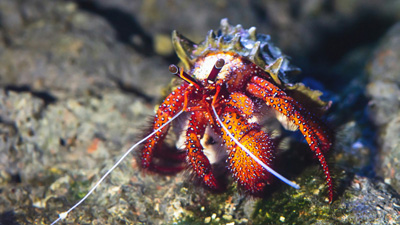 Other PetsHow Long Does a Hermit Crab Live as a Pet?
Other PetsHow Long Does a Hermit Crab Live as a Pet?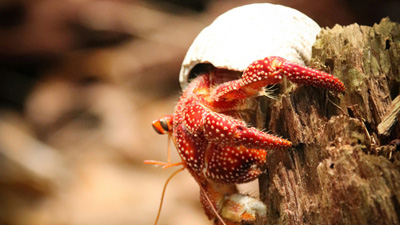 Other PetsHow Big of a Tank Does a Hermit Crab Need? (10-20 gallon)
Other PetsHow Big of a Tank Does a Hermit Crab Need? (10-20 gallon)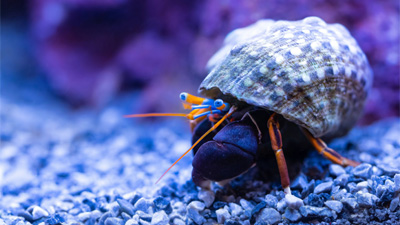 Other PetsCan Hermit Crabs Live in Tap Water?
Other PetsCan Hermit Crabs Live in Tap Water?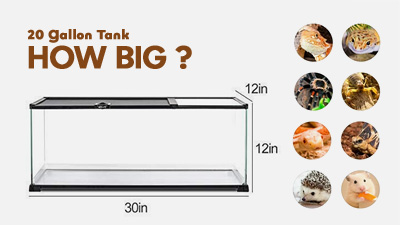 Other PetsHow Big is a 20-Gallon Reptile Tank in Inches?
Other PetsHow Big is a 20-Gallon Reptile Tank in Inches? Other PetsThese 5 Reptiles Are Suitable for a 20-Gallon Tank
Other PetsThese 5 Reptiles Are Suitable for a 20-Gallon Tank